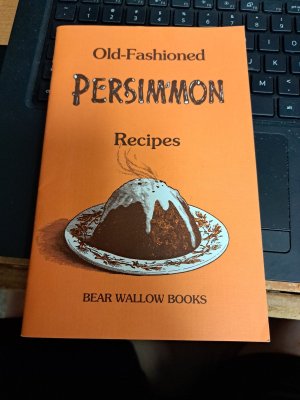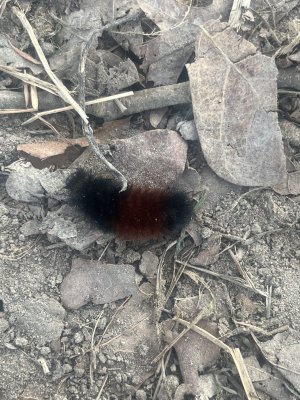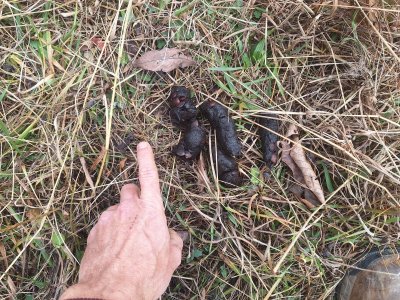Ouachita
Well-known member
Thank you Mr. Encyclopedia Botanicus@greybeard, there are actually two different trees you might have seen for your tree, but I can't tell you which one you saw. The first, which I have seen plenty of and have made many, many deserts from (mostly persimmon pudding) is this: Diospyros virginiana is a persimmon species commonly called the American persimmon, common persimmon, eastern persimmon, simmon, possumwood, possum apples, or sugar plum. The other tree you might have saw is Diospyros texana, which is a species of persimmon that is native to central, south and west Texas and southwest Oklahoma in the United States, and eastern Chihuahua, Coahuila, Nuevo León, and Tamaulipas in northeastern Mexico. Common names include Texas persimmon, Mexican persimmon and the more ambiguous "black persimmon".[1] It is known in Spanish as chapote, chapote manzano, or chapote prieto,[2] all of which are derived from the Nahuatl word tzapotl. That word also refers to several other fruit-bearing trees. The Texas persimmon to me sounds like an entirely different tree or bush, but the fruit, based on the pictures, appears very similar to the American persimmon that I am familiar with. I really only ever hear the tree referred to as 'persimmon' which for me has only ever been thought of as the American persimmon. I don't know if the two trees are typically thought of as the same where they both exist or if the Texas Persimmon is thought of as something else and the American Persimmon simply referred to as persimmon. I like trees and I would like to see a Texas Persimmon sometime, and see if I can make deserts with its fruit as well.
The persimmons in the grocery store, there are actually multiple kinds, but are very seasonal, are large, for the persimmon I know. About the size of a baseball. They are orange like the ones I know. I have never tried them as they are hard and shiny/smooth when I see them. I equate that with an unripe persimmon that will make you pucker from now until next month. Don't want to ever eat a persimmon that isn't ripe yet. Once they are ripe, they taste wonderful. They have a flavor unlike anything else I've ever eaten.
I now understand why the writer chose "sugar plums", instead of having visions of "possumwood" dancing in their head.
Last edited:



